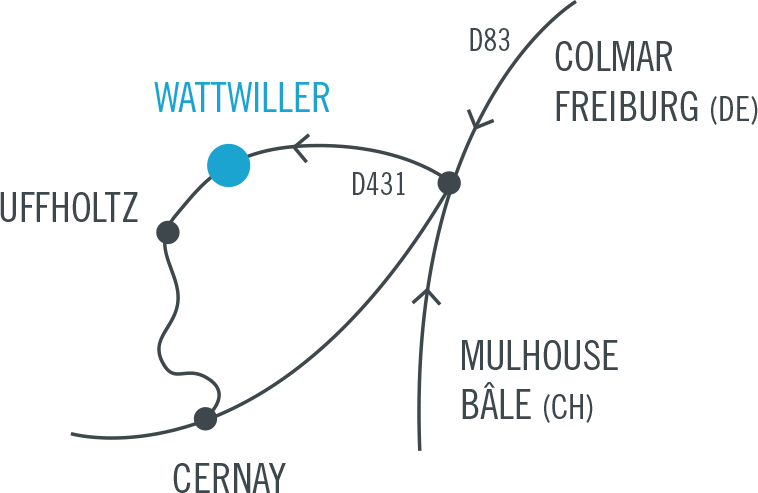Navigating between a multitude of cultures – Tunisian, Ukrainian, French, German… – Nadia Kaabi-Linke is tormented by the question of the invisible, a possible translation of the unconscious and the unspoken. In her quest she questions the trace, the imprint and the strata. The artist, who trained at the Beaux-Arts in Tunis and at the Sorbonne in Paris, does not wish to install her work in a narrative process but rather to observe situations. These are both violent and aesthetic, between light and shadow.
His means of expression vary, with a certain penchant for the monumental, the in situ and objects that are both rough and small. Coal, ink, wax, sand, stone, hair, metal… serve her installations. She scratches, rubs, assembles, digs, erects… There is always a beyond, an additional surface to her layers. There is always a beyond, an additional surface to her layers. They are superimpositions both in her concerns and in the techniques used. The suspended cages of Flying Carpet (2011) visually evoke the imprint of the carpets of the street vendors of the big capitals, prison-like metal suspensions, while Walk the Line (2015) materializes the border between Texas and Mexico and the clandestine textile industry. With The Altarpiece (2015), she transfers the imprint of a World War II bunker onto panels to create a triptych… bullet impact and gilding coexist… In her recent projects, benches are covered with metallic spines. His work is dense, with a certain anger and many contrasts. It is a work of resistance where she revisits history and society, cultural and personal identities and the boundaries between the visible and the invisible. Nadia Kaabi-Linke approaches life in layers, stacking or scalping.
Fascinated by the symbolism of the balance, the fragility of justice, Nadia Kaabi-Linke delivers a personal interpretation. On the edge of the ready-made, she makes a slight intervention for Salt & Sand, hanging the object from a chain and filling its trays with salt and sand. Unearthed in a fish market in Calcutta, this beautiful utensil fills up with water in the atmosphere and is thus thrown off balance. Water, an elusive, fragile and mysterious element, is essential. The balance also refers to India’s colonial history: the Salt Sathyagraha or non-violent salt march. This 24-day march in 1930 against the British government’s salt laws was a defining moment in the country’s independence history. The invisible is what cannot be caught… neither is justice and truth.
